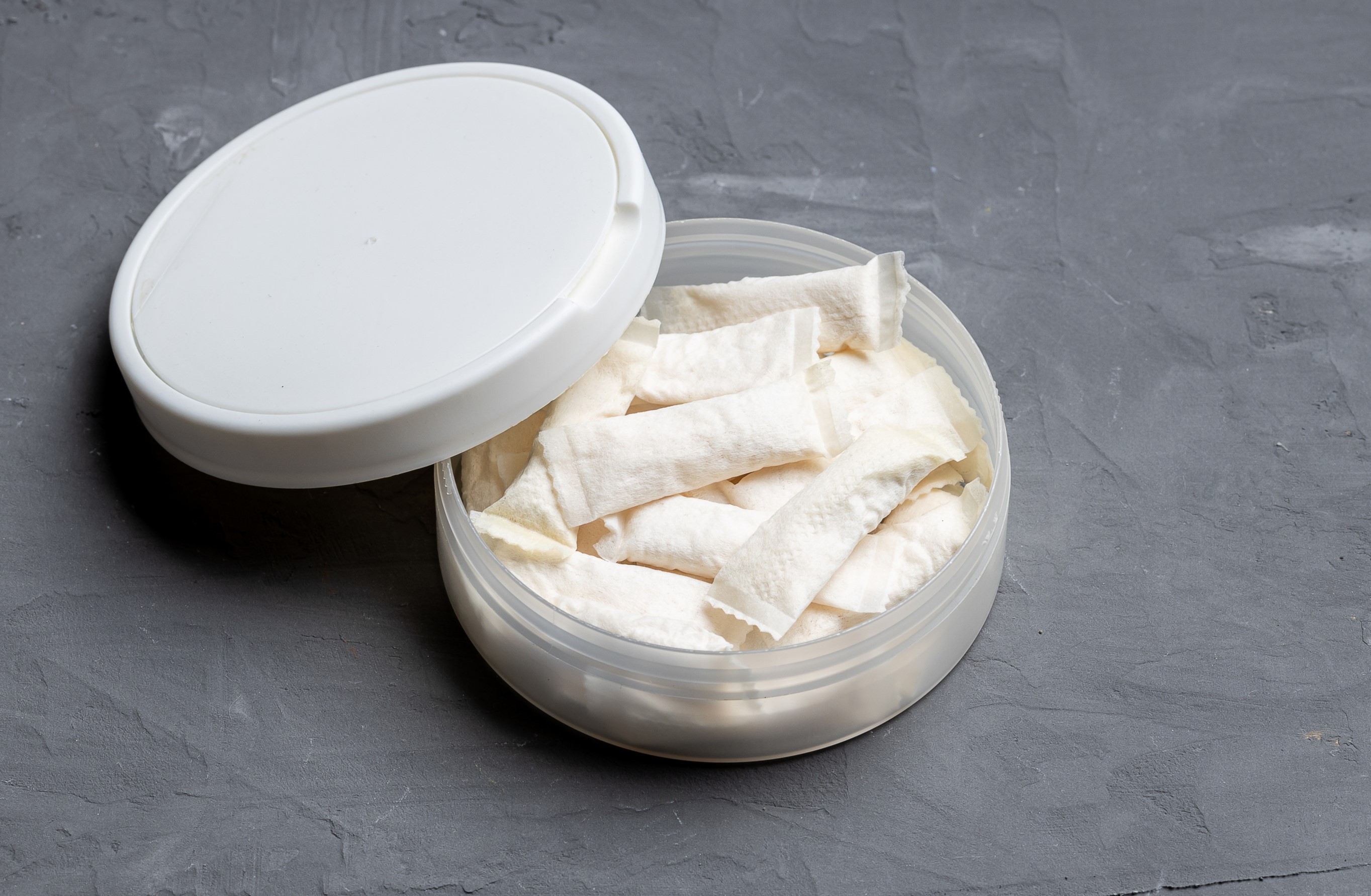This World No Tobacco Day, the World Health Organization is giving a platform to young people who are calling for the tobacco industry to stop preying on them with harmful products.
In Australia we have worked hard to reduce smoking rates and restrict the powers of the tobacco industry through plain packaging, tobacco taxes, and tobacco advertising bans. So surely in 2024 we don’t need to worry about the tobacco industry manipulating our young people…right?

Unfortunately, we do.
For the first time in decades, Australia has seen an increase in susceptibility to smoking among teenagers. E-cigarette use (or vaping) among young people has nearly tripled, going from 2.5% in 2019 to 7.0% in 2022-23. Nearly half (49%) of 18–24 year olds have tried a vape. This is especially concerning when research shows non-smokers who vape are 3 times more likely to take up smoking.
With tobacco killing two-thirds of users, tobacco companies need to attract new customers to keep its business profitable. And who would be better than young people? They are less likely to fully understand the impacts of smoking, more likely to experiment and participate in risky behaviour. Then, due to the addictiveness of nicotine, young people can become customers for life.
“The ability to attract new smokers and develop them into a young adult is a key to brand development” – quote taken from a 1999 Phillip Morris tobacco company report
Tobacco companies don’t care about the health of young people, they are only looking to make them their next million in profit. And it is in their best interests to get their products noticed by young people. We are currently seeing this play out in different ways in Australia and in other parts of the world.

While tobacco products themselves can’t be advertised, over time we are seeing a re-emergence of tobacco use on our screens. In fact, 9 out of 10 of this year’s Oscar nominees for ‘Best Picture’ featured smoking scenes. And it's not just the big screen. More than half of the top 15 streaming shows watched by 15–24-year-olds in 2022 have smoking scenes in them. The increasing trend is really worrying as there is well-established research that shows that seeing smoking on screens can influence young people to start using tobacco products.
The tobacco industry’s ever-evolving marketing strategies can also be seen in Formula 1 racing. In 2020 and 2021, the tobacco industry spent approximately $105 million on global F1 sponsorship each year. While using the loophole of not actually advertising tobacco products, the promotion of new brands and logos and messaging to a younger audience builds trust and goodwill towards their brands and products. And let's face it, it must be effective, because it seems unlikely they would be spending that kind of money for the love of the sport!
All this is before we even begin to look at the exploding industry that is vaping.
All major tobacco companies are now manufacturing vapes. These products are being aggressively marketed to young people, just like we saw in the past with smoking. If you need any convincing, compare these images; the first a recent JUUL vape ad and the other a Virginia Slims cigarette ad from 1987.

See this image and many more comparisons here.
Vapes are being targeted at young people through bright packaging and fruity flavours. We are seeing vape stores are appearing down the road from schools, making it easier than ever for teenagers to access these products. Young people are exposed to tobacco marketing in digital spaces including social media, gaming, online search engines and streaming services, and we haven’t yet caught up in ways to effectively regulate this.
This is clearly an industry targeting young people, and sadly it’s working. In Australia 1 in 2 18-24 year olds, and 1 in 3 secondary school students having tried vaping.
Thankfully there is hope.
The Australian Federal Government is taking strong action with the introduction of new controls that will affect importation, manufacture, advertising and supply of non-therapeutic vapes. This means that Australians who are using vapes for smoking cessation can still do so with a medical prescription, but NOT young people who have NEVER smoked yet are currently the largest users of vapes.
However, even with such strong attempts by the Government, the presence of industry is clear. There are public and private campaigns to block and change legislation every step of the way, similar to the battles with tobacco legislation in the 1980’s and 1990’s and more recently with the introduction of cigarette plain packaging. And all the while the Government is dealing with vapes there are new products appearing such as nicotine pouches that appeal to our young people.
It's clear that the fight is far from being over.
Public health advocates in Australia managed the impossible and turned the tide on tobacco industry strategies before, so we know we can do it again. We need to learn from their experience and not let our guard down in order to ensure young people are free from the manipulation of the tobacco industry and the burden of nicotine addiction.

.webp)



.jpg)
.jpg)






